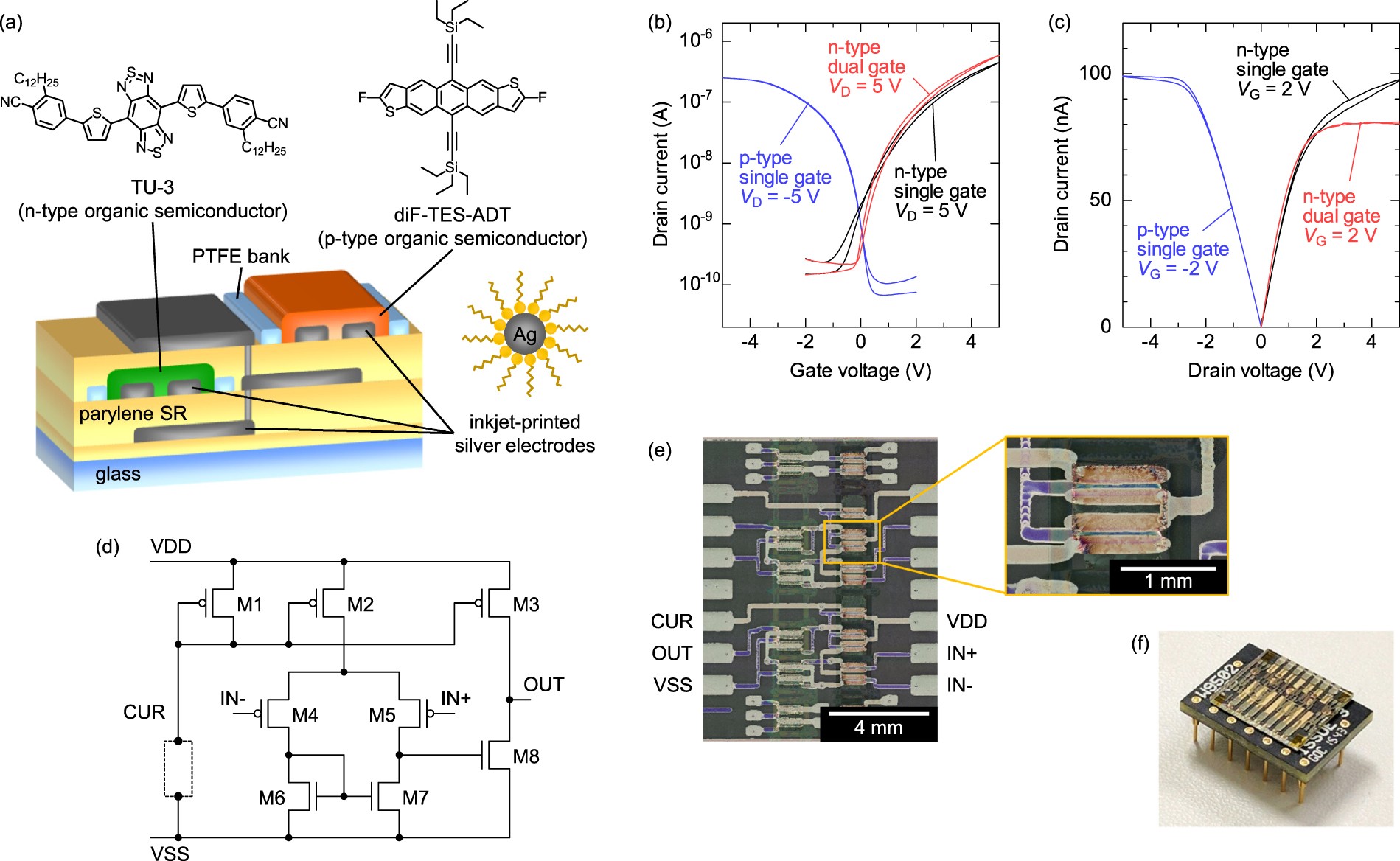

Depending on the measurement range you need, you may be able to use a rail-to-rail op-amp as shown in the circuit. The differential amplifier effectively removes negative ground offsets as well as positive ground offsets.
#Op amp offset techniques full
The amplifier does introduce a small full scale (or gain) error. As the offset is usually small anyhow, from a practical standpoint the rejection is very good. With matching of the order of 0.1%, 99.9% of the offset signal is removed (that is, the noise is suppressed by 60 dB). The resistors don't need to be perfect, but commonly available 0.1% resistors can be used. In particular, if R1=R3 and R2=R4, the amplifier rejects the offset voltage and delivers the amplified signal to its output. The amplifier uses four resistors that must be matched. 2 Instrumentation amplifier removes ground loop offset errors and ground noise from sensor measurements and ADC analog inputs. The second measurement technique is to use a differential amplifier or instrumentation amplifier to remove the offset, as shown in the the following diagram:įig. Further, if the offset is negative it usually can not be measured by A/D converters which usually have only positive input ranges. Even differential input A/D converters usually measure the two inputs at slightly different times. But if the offset voltage is noisy, it's difficult to compensate by performing two measurements separated in time – the offset voltage changes between the two measurements. This technique often works well when the ground offset voltage is a small DC offset. The first measurement technique is to use a differential input A/D converter, or to simulate a differential A/D by using two A/D channels and doing the subtraction in software. Unfortunately, that is often not possible – for cost or availability reasons you are often stuck using non-isolated sensors. When at least one device, such as the sensor, can be isolated, then the offending ground path is open, no current flows, and the noise or inaccuracy is eliminated. Ideally, you would reduce noise and ensure measurement accuracy by eliminating ground loops. 1 Ground loops add input offset errors and ground noise to sensor measurements and ADC analog inputs, even within an instrument. The differing grounds are illustrated in the following figure:įig. Likewise, the microcomputer's power supply may eventually be connected to an earth ground, but again its power supply current flowing through its supply wires create another voltage drop. However, power supply current in the ground wires produces small voltage drops that separate the sensor's ground from the earth ground. Unfortunately, if the analog sensor requires power its ground is usually connected to its power supply's ground, which in turn may eventually be connected to an earth ground. Unless they are fully isolated, analog output sensors must refer their output voltages to a ground reference. In practice, that is often difficult, and the two ground references may differ in voltage by millivolts to volts. To accurately measure an analog signal, the producer of the signal, that is the sensor, and the measuring device, usually an A/D converter in a microcomputer system, must share a common ground reference. Probably the most common source of error in any analog to digital measurement system is improper grounding.


 0 kommentar(er)
0 kommentar(er)
